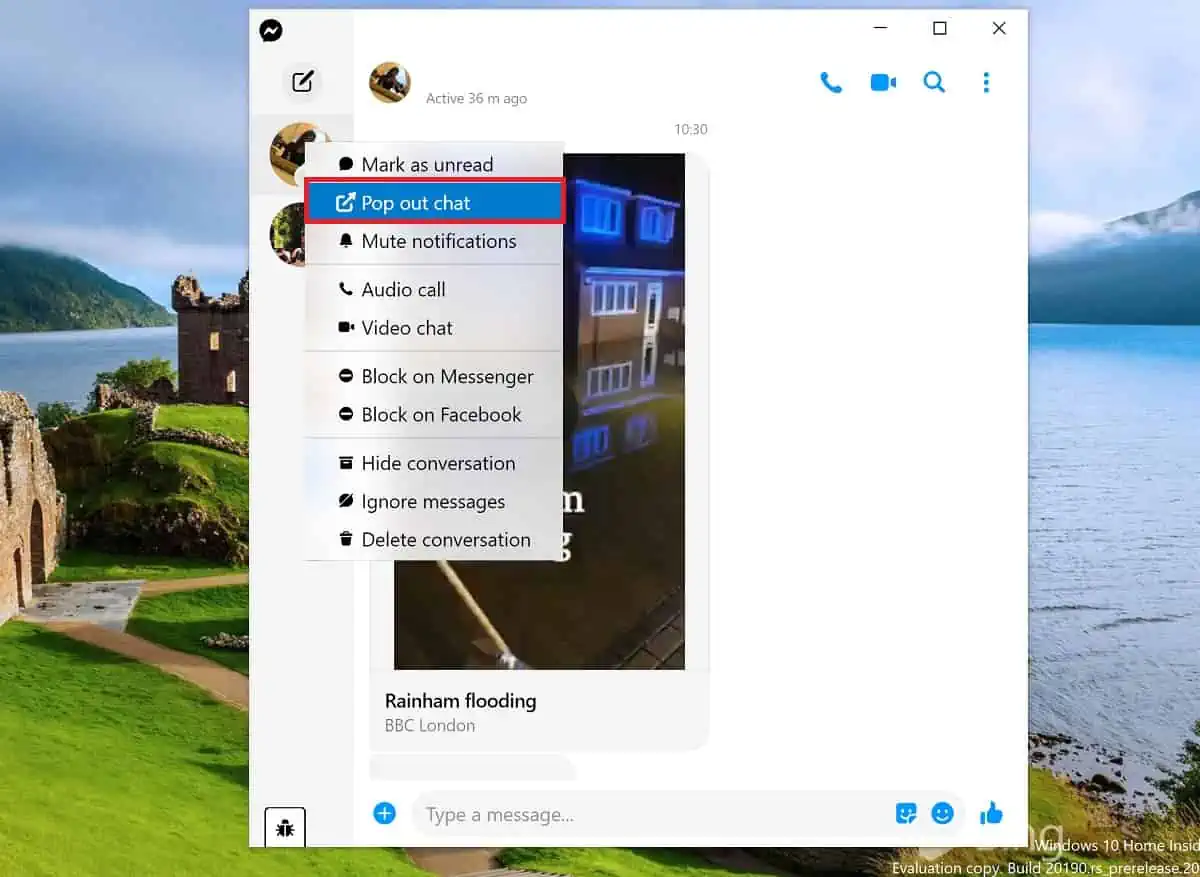
Jump to a section:
What Is a Bug Bounty Program?
Think of a bug bounty program as a “wanted” poster for security vulnerabilities. Organizations offer ethical hackers financial rewards (bounties) for finding and responsibly reporting security flaws in their systems. This allows companies to tap into a global pool of talented security researchers, ultimately improving their overall security posture.
Benefits of a Bug Bounty Program
Building a solid bug bounty program is crucial in today’s digital world. But how do you ensure you’re working with the right hackers and getting the most out of your program? Here’s how partnering with HackerOne and their Security Advisory Services team can take your bug bounty game to the next level.
Dream Team of Hackers
Hackers and programs are stronger with more. Bug bounties attract a diverse pool of experts, each with unique skills and knowledge. Partnering with HackerOne gives you access to this global talent pool, ensuring a well-rounded security assessment for your systems.
-
Find and Fix Faster: More minds mean more eyes on your security. With a larger pool of researchers participating in your bug bounty program, vulnerabilities are identified and resolved quicker, minimizing potential damage.
-
Uncover Hidden Weaknesses: Internal security testing is great, but it can have blind spots. Bug bounties help you discover hidden vulnerabilities that might have slipped past your internal team. HackerOne’s Security Advisory Services team also provides extra muscle for uncovering particularly elusive threats.
-
Ethical Hacking for the Win: Bug bounties incentivize ethical hackers to disclose vulnerabilities responsibly, keeping them out of the hands of malicious actors. This is a win-win for everyone!
-
Always Evolving, Always Secure: The cybersecurity landscape is constantly changing. Bug bounties help you stay ahead of the curve by leveraging the expertise of the ever-growing security researcher community. HackerOne’s team also provides valuable insights on emerging threats, keeping your program future-proof.
-
Building Long-Term Relationships: A successful bug bounty program is about finding vulnerabilities and building trust and collaboration with the hacker community. By removing barriers and creating a smooth experience, you’ll encourage hacker engagement and foster long-term relationships with these valuable partners. This two-way street ensures you benefit from the latest hacking methodologies and the community’s ever-evolving skillset.
-
Investing in Your Security Future: Partnering with HackerOne and their Security Advisory Services is an investment in your organization’s security posture. You’ll gain access to a diverse pool of top-tier hackers, identify and fix vulnerabilities faster, and stay ahead of emerging threats. It’s a win for your security team, reputation, and, ultimately, customers.
Key Elements for a Successful Bug Bounty Program
Now that you know the benefits of deploying a bug bounty program, you should also know what it takes to ensure its success. HackerOne has worked with some of the world’s biggest and most well-known organizations to ensure their programs provide immense value for our customers and the hackers who participate. HackerOne’s Security Advisory Services team has identified the following pillars of successful bug bounty programs.
Build Trust Through Transparency
One of HackerOne’s fundamental values is “Default to Disclosure.” This value requires trust in the hackers you work with, honest reasoning, and clear guidelines. Being reasonably transparent builds mutual respect between you and the hackers who engage with your program.
Be Attractive
In 1995, Netscape launched the first incentive-based bug bounty program. Offering competitive bounties not only attracts some of the best talents in the world but also forces you to take an honest look at the security of your assets and your organization’s risk tolerance. In the following years, more security teams realized the value of awarding independent researchers for valid security issues.
Feedback Fuels Improvement
The value doesn’t come only from the submissions you receive. Savvy security teams review how hackers and researchers interact with their assets and systems and collaborate with hackers to explore attack scenarios effectively. They are hungry for feedback regarding their assets, remediation attempts, and security policies.
“It’s important to understand the hacker mindset. Understanding the language and how the community will interpret your policies will help run a successful bug bounty.”
— Omar Benbouazza, Cybersecurity Manager, IKEA Group
Setting Clear Goals to Supercharge Results
Solidify the goals of your bug bounty program. If you are concerned about leaking sensitive customer data, exploitable business logic, or internal systems access, design your program with that in mind. Determine what information to outline and share to point hackers in the right direction. Work with the Security Advisory Services team to help design internal policies and keep security teams informed.
Turn Hackers into Heroes
Ethical hacking can still be scary for organizations and hackers. Be an organization that celebrates the talent hackers share. Publicly recognize the value hackers bring to your security maturity journey where appropriate. Engage with the person behind the keyboard so that they know that your organization recognizes the humanity behind these interactions.
Navigating Common Challenges in Bug Bounty Programs
Bug bounty programs are an essential part of modern cybersecurity strategies, offering organizations a proactive way to identify and address vulnerabilities. However, running a successful bug bounty program comes with its own set of challenges. Here’s a closer look at some common obstacles and how to navigate them effectively to strengthen your overall security posture:
Managing Expectations
One critical challenge is managing stakeholders’ expectations. Ensuring that everyone involved understands the program’s limitations and expected outcomes is essential. Misaligned expectations can lead to frustration and dissatisfaction so it’s best practice to communicate the scope of the bug bounty program, what types of vulnerabilities are in scope, and the potential impact of findings. Setting realistic goals and regularly updating stakeholders on progress can help maintain a positive outlook towards the program.
Internal Processes
Reviewing and adapting internal processes is crucial when launching a bug bounty program. The influx of vulnerability reports can overwhelm existing workflows if not managed properly. Streamline the process for handling reports by establishing a dedicated team to triage and prioritize submissions, as well as the process for communicating these valid submissions to your engineering team. Implement efficient tracking and response systems to ensure timely and effective resolution of reported vulnerabilities. Regularly revisiting these processes will help maintain efficiency and effectiveness as the program evolves.
Integration With Existing Security Measures
Integrating bug bounties with existing security measures, such as penetration testing and security audits, assists in avoiding duplication of effort. Coordinate between different security initiatives to ensure comprehensive coverage without redundancy. By aligning bug bounty findings with other security assessments, you create a more robust security posture. This alignment also helps identify gaps that may not be covered by each method alone.
“Regardless of how the teams or priorities shift internally, we know we can expect consistency from our HackerOne program — we will always have a stream of vulnerabilities that are coming in. Because we use Triage services, we know that by the time issues come to us, they are issues that we know we have to respond to.”
— Rory Malone, Principal, Global Privacy & Security Regulatory Compliance, Cloudflare
Unintended Consequences
Unintended consequences, such as ethical or legal issues, can arise from bug bounty programs. When developing your program, establish clear rules of engagement and responsible disclosure guidelines for researchers. Define what constitutes acceptable behavior for participants and outline safe harbor language for the organization and the researchers. A well-documented security page helps prevent misunderstandings and ensures that all parties are aware of the program’s boundaries and expectations.
Limited Internal Expertise
Not all organizations have the internal expertise to run a successful bug bounty program. Consider training your security team and/or partnering with external experts in such cases. Utilizing services like HackerOne Security Advisory Services (SAS) can provide this expertise and support. This partnership can offer guidance on industry trends and best practices, help set up and manage the program, and ensure that your team has the optimal plan to address vulnerabilities effectively and efficiently.
Involving Your Teams in a Bug Bounty Program
Launching a bug bounty program involves more than just the security team; it requires a coordinated effort across various departments. By involving these key teams, you recruit internal champions and can promote a well-rounded and effective bug bounty program that enhances the security posture of the entire organization. Here’s how different teams within your organization can contribute to the success of your bug bounty program:
Marketing/Public Relations
Launching your bug bounty program is an excellent opportunity for positive public relations. Highlighting your commitment to security through marketing and PR channels can enhance your organization’s reputation. Crafting press releases, blog posts, and social media content that explain the program’s benefits and results, as well as your dedication to protecting user data, can attract positive attention. This transparency not only builds trust with your customers but also positions your organization as a leader in cybersecurity approaches.
Legal Team
For some program launches, you may need to include your legal team to ensure the bug bounty program complies with industry standards and regulations. Fortunately, platforms like HackerOne adhere to these standards, meaning the legal review process will likely be minimal. However, it’s still important to have your legal team review the program’s security page, including rules of engagement, safe harbor language, and disclosure policies, to mitigate potential legal risks.
Security & Engineering
The primary responsibility of your bug bounty program lies with the security and engineering teams. Your security team develops new processes for handling vulnerability reports, including triaging, prioritizing, and remediating the issues. From there, they must clearly and effectively communicate these issues to the engineering teams so that they can promptly and thoroughly address the vulnerabilities. Regular coordination and collaboration between these teams will enhance the program’s efficiency and effectiveness.
Finance/Procurement
Smooth financial processing is critical to the success of a bug bounty program by removing a launch barrier. Your finance and procurement teams will need to work closely with your HackerOne account executive to manage the financial aspects of the program, including budget allocation for bounties. Ensuring that the financial processes are in place and running smoothly will help maintain the trust and motivation of your bug bounty program participants.
Your HackerOne Maturity Journey
HackerOne emphasizes the importance of proactive security measures within the development process. HackerOne Solutions Architects (SAs) can be powerful allies in achieving this vision by helping you analyze data from your bug bounty program (BBP) and identify vulnerabilities early on.
Here’s how working with a HackerOne SA aligns with the “Secure by Design” philosophy:
Vulnerability Trend Analysis: The SA will work with you to analyze the vulnerabilities submitted to your program. This analysis goes beyond just the number of reports. They’ll identify common themes and trends, considering:
- Frequency within your program: They’ll see which vulnerabilities are most prevalent within your codebase.
- Industry-wide comparison: They’ll compare the vulnerabilities found in your program to those commonly seen across other HackerOne customers. This helps identify industry-wide security weaknesses to which you might be susceptible.
Actionable Insights: The SA will analyze additional data points beyond just vulnerability frequency. This includes:
- Remediation Rate: This measures how quickly your development team fixes reported vulnerabilities.
- Remediation Bypass Rate: This highlights instances where a fix for a vulnerability does not address the root cause, leading to the vulnerability reappearing.
- Vulnerability Recidivism: This refers to the rate at which similar vulnerabilities are reported again, suggesting underlying systemic issues.
- Ticket Handling Efficiency: The SA will analyze how your team handles bug bounty reports. This includes time to triage, communication with researchers, and overall resolution speed.
Effective Feedback Loop: Combining these insights helps create a robust feedback loop. The SA will work with you to:
- Inform and educate specific development teams about vulnerabilities impacting their area of responsibility.
- Identify broader security weaknesses needing attention across the entire organization.
- Prioritize vulnerabilities based on their potential impact and ease of remediation.
Benefits for Development Teams
By working with a HackerOne SA, you can empower your development teams to:
- Focus on Innovation: By proactively identifying and fixing vulnerabilities early in the SDLC, development teams can spend less time on reactive bug fixing and more time building great features.
- Reduce Technical Debt: Early vulnerability identification helps prevent technical debt – a backlog of security issues accumulating over time and slowing development.
- Improve Security Posture: By proactively addressing security concerns, your overall security posture will be strengthened, reducing the risk of breaches and exploits.
- Secure Code by Design: The insights gleaned from the SA analysis will inform how development teams approach coding. They will be equipped with best practices within the industry and lessons learned from working with the SA team. This will translate into building products that are inherently more secure from the ground up.
Sustainable Security Growth
Effectively applying these learnings at scale will allow development teams to expand their scope confidently without being overwhelmed by security concerns, ensuring progress continues unimpeded.
Uncovering Elusive Vulnerabilities
Furthermore, a strong partnership with HackerOne allows you to leverage the unique capabilities of human hackers. They can discover novel and elusive vulnerabilities – those that traditional vulnerability scanning tools (SAST and DAST) miss. This validates the program’s value and the power of hacker-powered security.
Actionable Insights & Program Growth
We ensure all results, recommendations, and metrics are actionable, providing clear direction for resolving vulnerabilities. This fosters program growth, advocacy, and buy-in from development teams. The tangible benefits – improving their code, coding, and ultimately securing their company and customers – speak for themselves.
Following these steps, you can build a robust bug bounty program with HackerOne, significantly enhancing your organization’s security posture. Let’s work together to create a more secure digital world!




